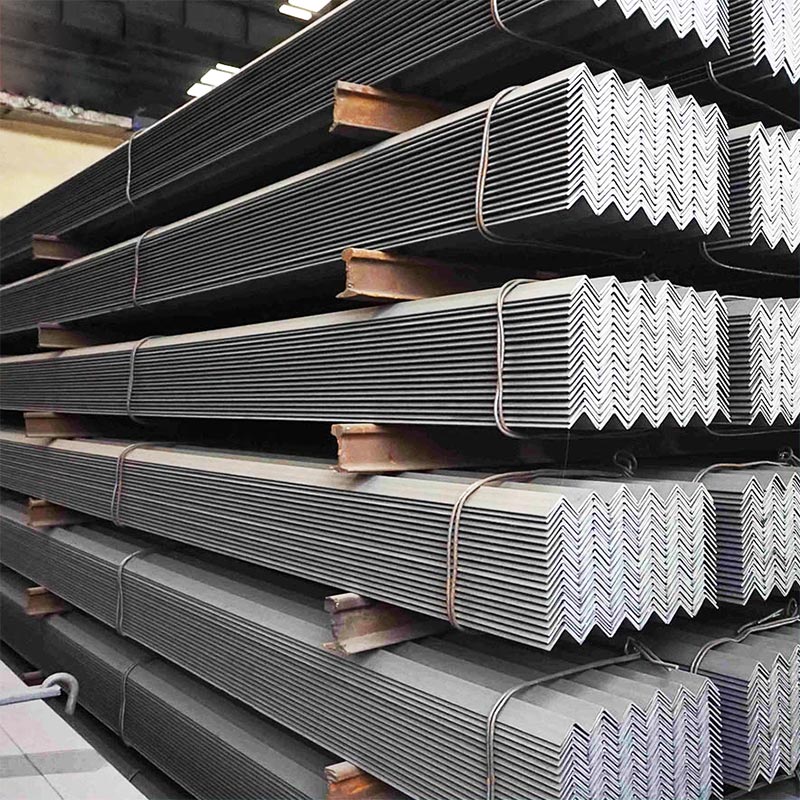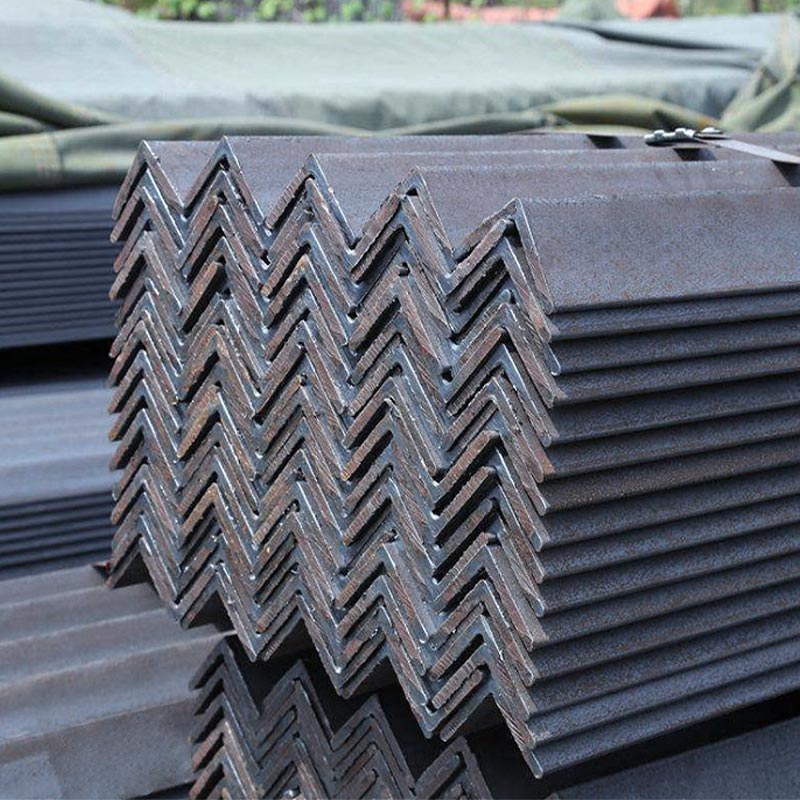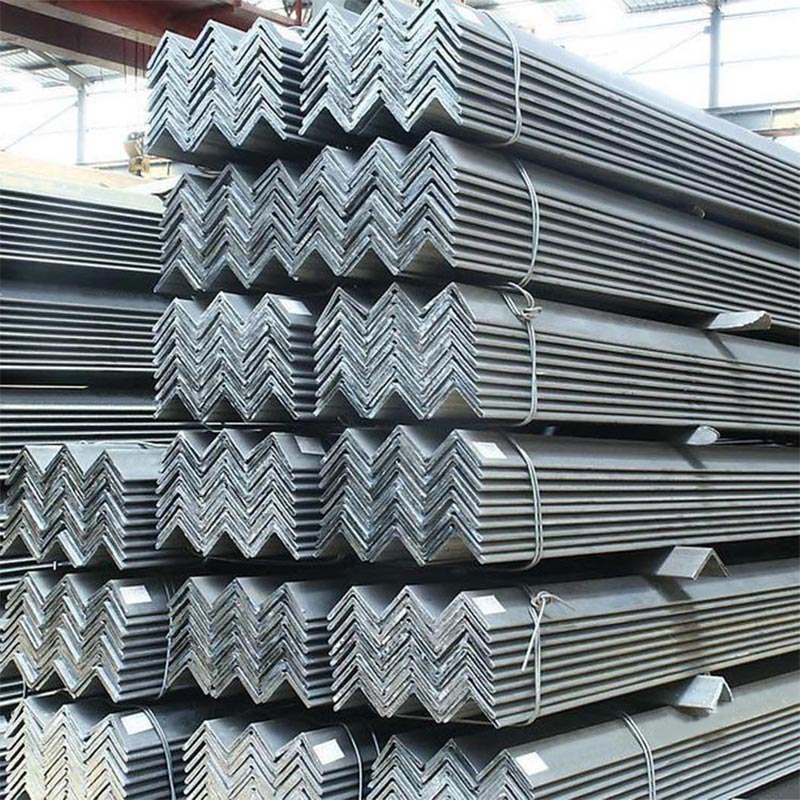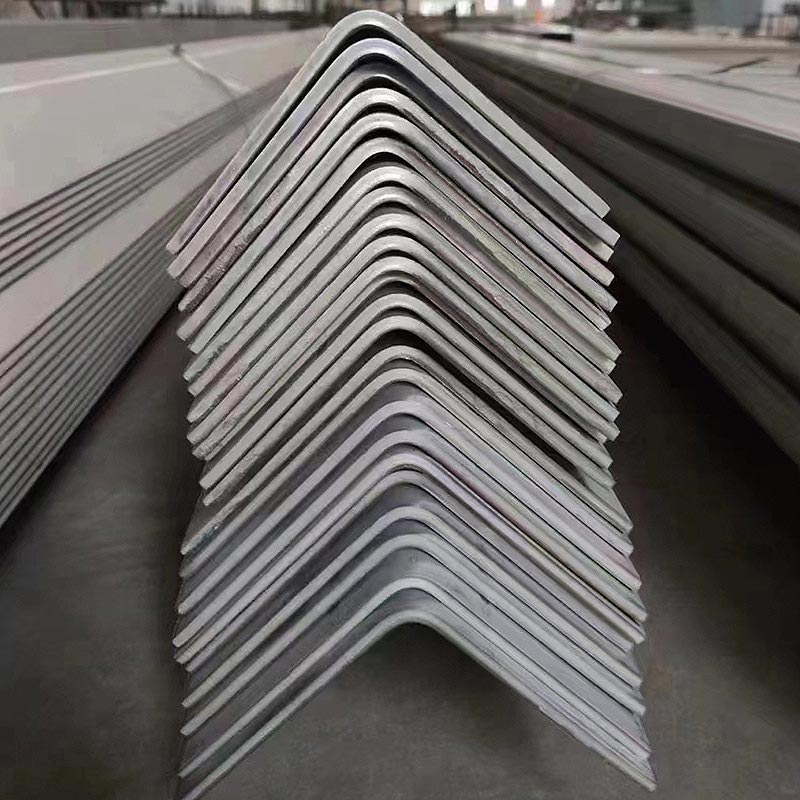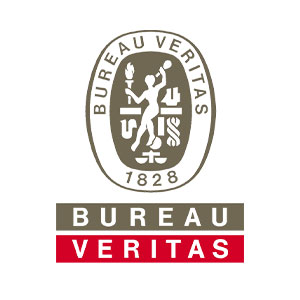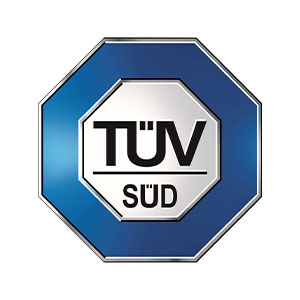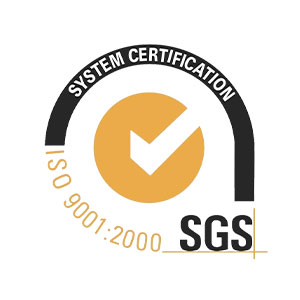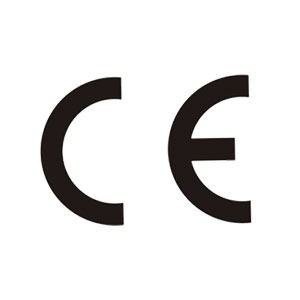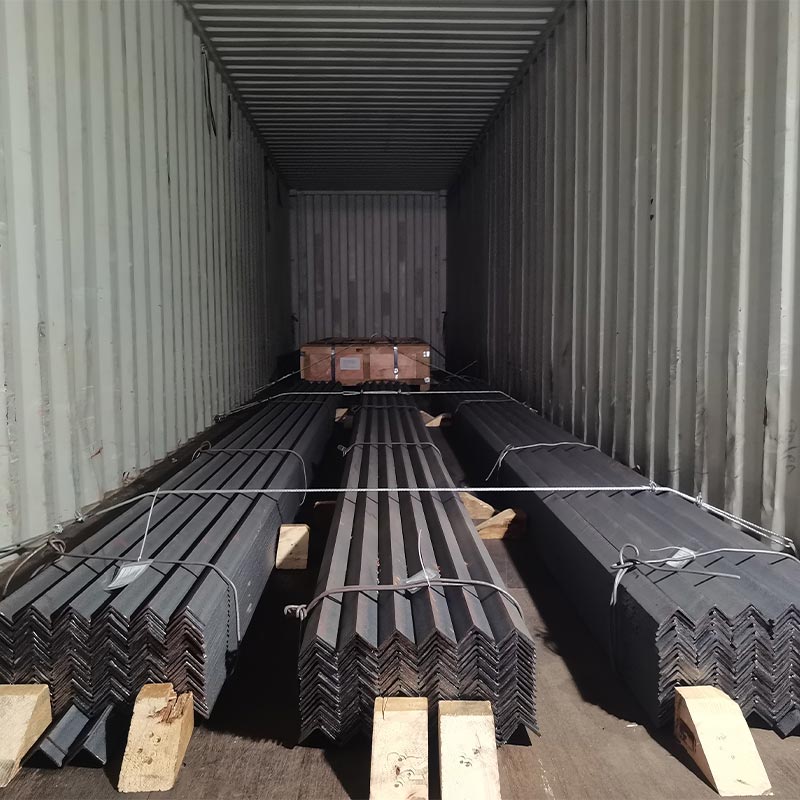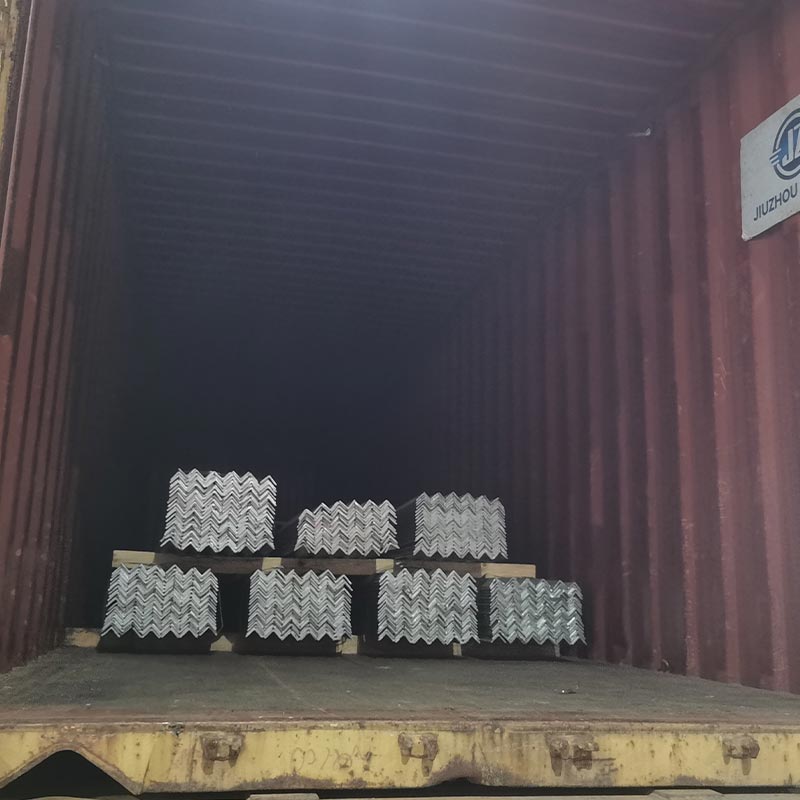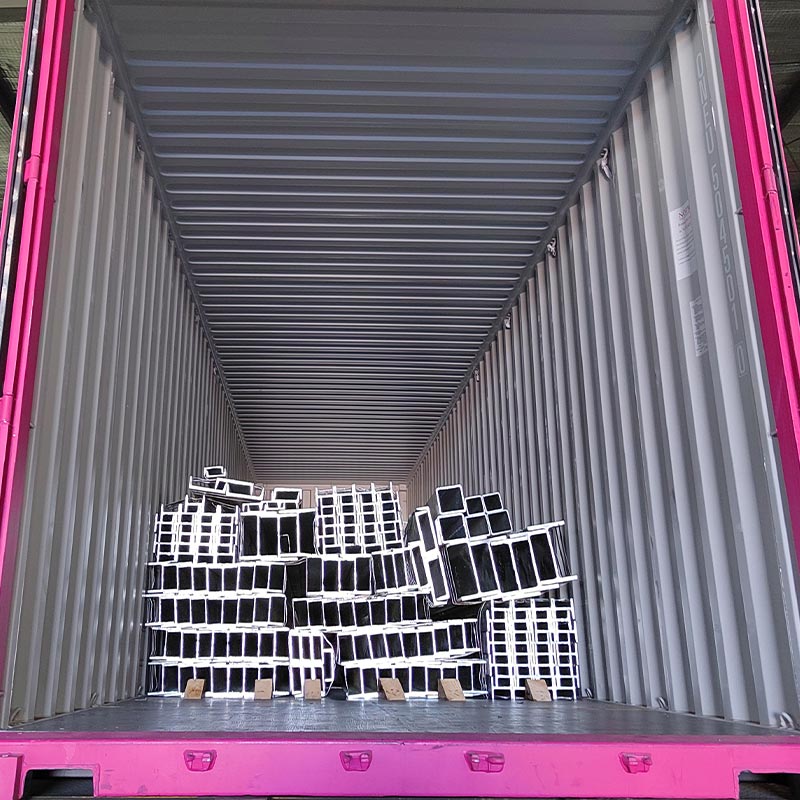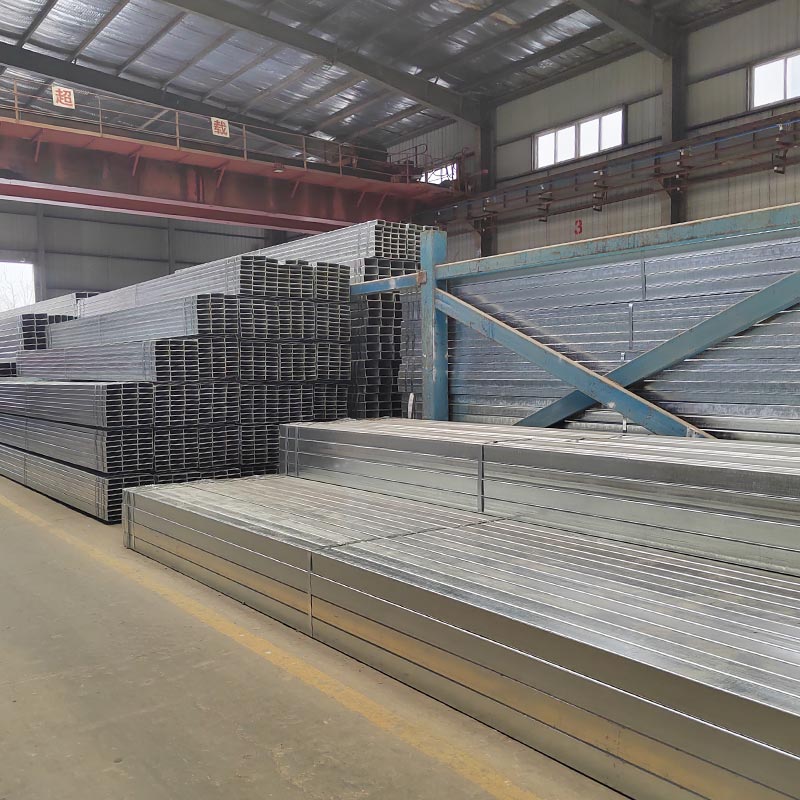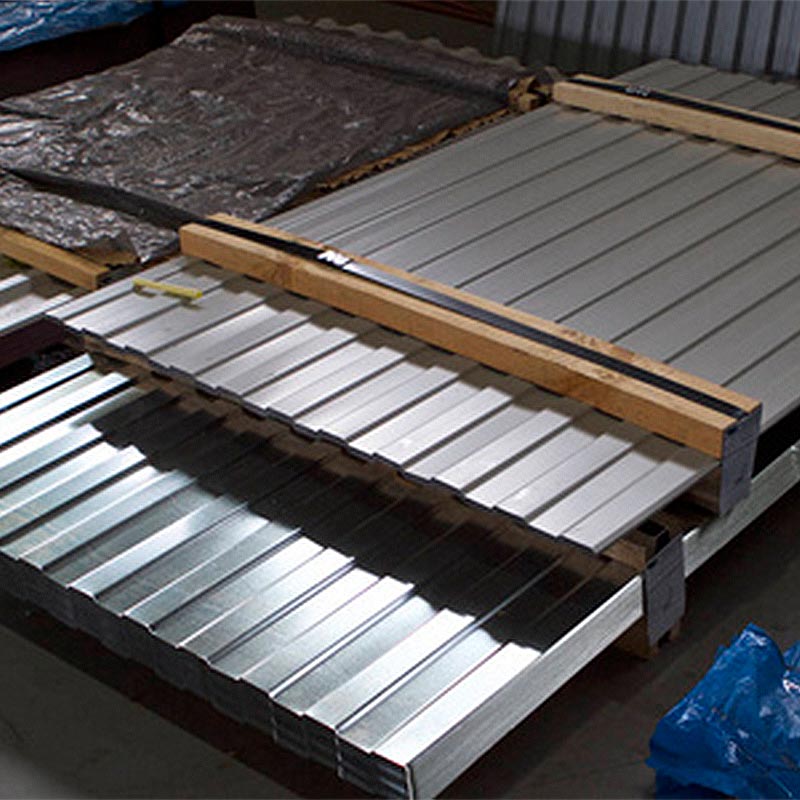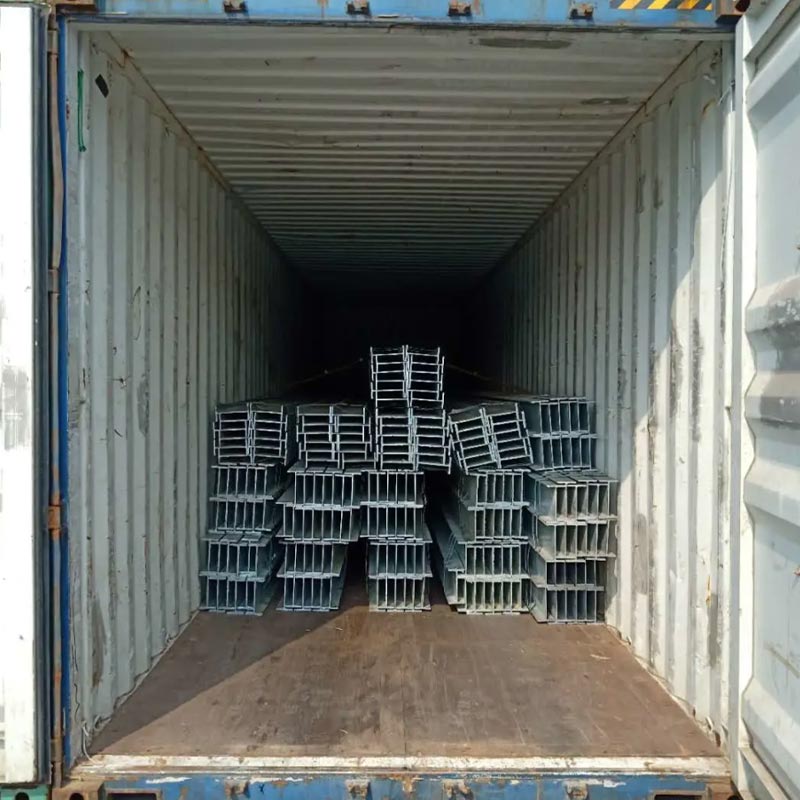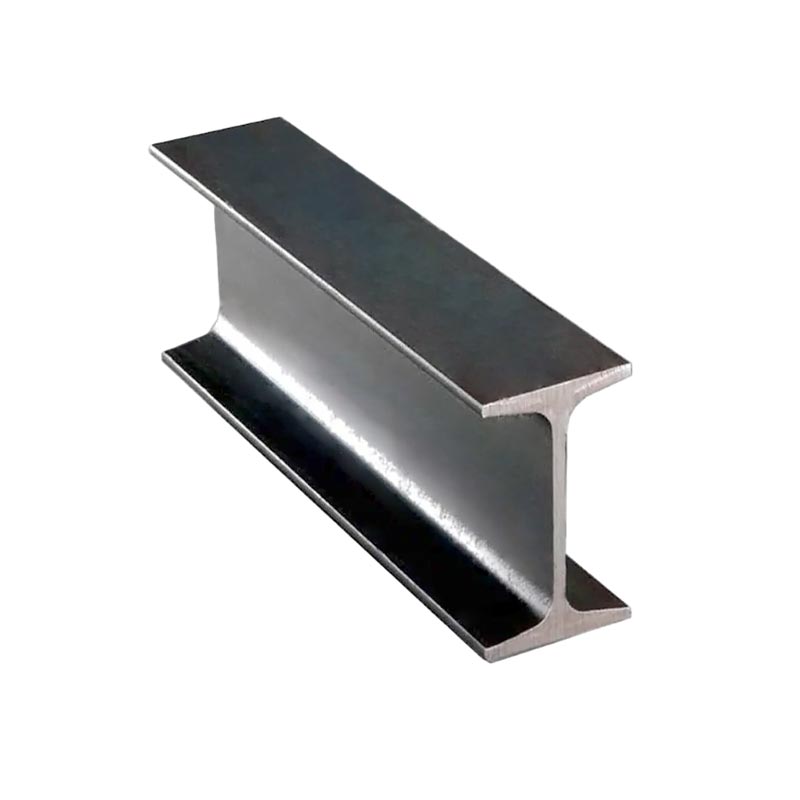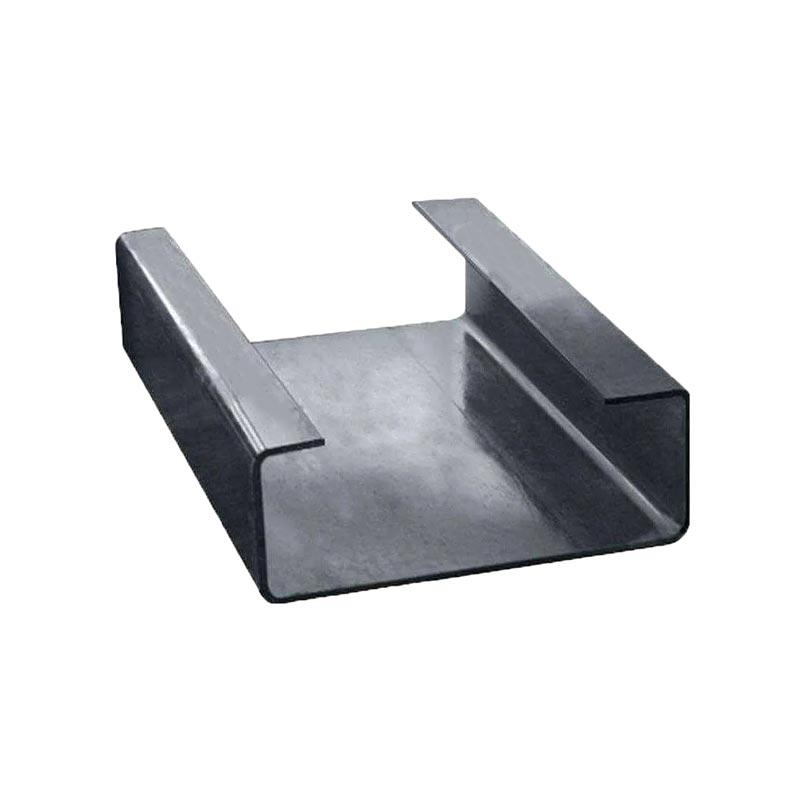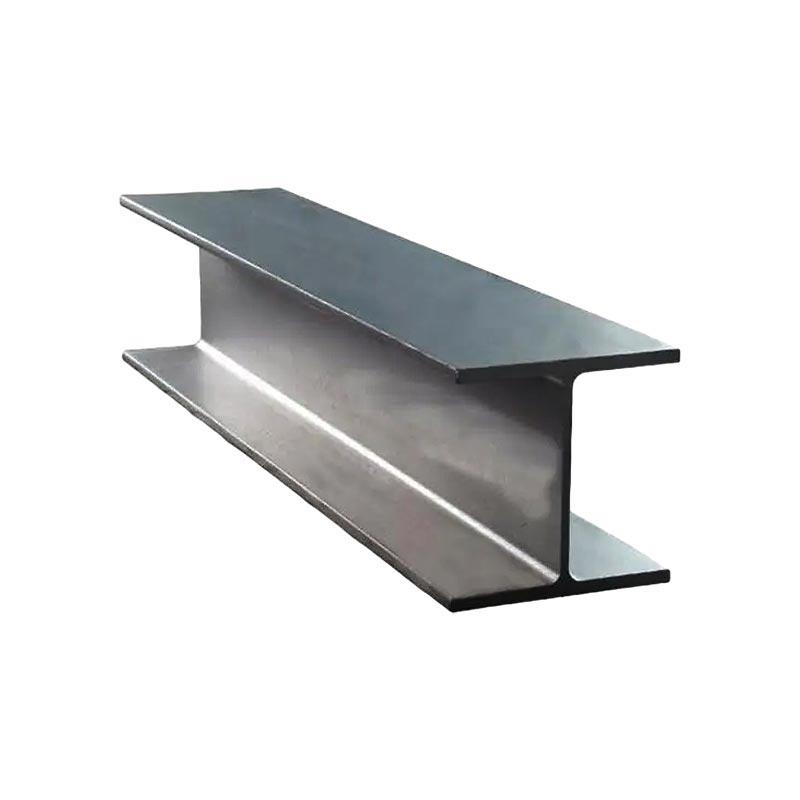Steel Profile
● A steel profile is a shaped steel product with a specific cross-sectional design, made from carbon steel or alloy steel. Common shapes include I-beams, H-beams, angles, channels, and U-sections, each engineered for structural efficiency.
● These profiles balance strength, weight, and load-bearing capacity, with properties varying by steel type and manufacturing process (hot-rolled or cold-formed). Low-carbon variants offer weldability for construction, while higher-strength grades suit heavy machinery.
● Widely used in construction (frames, bridges), manufacturing, and infrastructure, they provide structural support, framing, or reinforcement, leveraging their tailored shapes to optimize performance in specific applications.
View Video
Carbon Steel Angle
Carbon Steel Angle is a L-shaped structural steel profile, formed by two perpendicular flat sides meeting at a 90-degree angle. Made from carbon steel, it offers high strength, rigidity, and versatility, with varying thicknesses and leg lengths to suit different needs. Its angular design provides stable support and easy integration into frameworks, making it ideal for bracing, corner reinforcements, brackets, and structural joints. Widely used in construction, manufacturing, and engineering, it balances durability with cost-effectiveness, facilitating welding, cutting, and fabrication to fit diverse applications, from building frames to machinery components.
Get A Quick Quote!
You Can Leave Us A Message
or Send Us An Email!
Product Details
Product Parameters
Packaging and Transportation
Related Products
Leave Us Message
Please give us a message
What are you lookking for?


